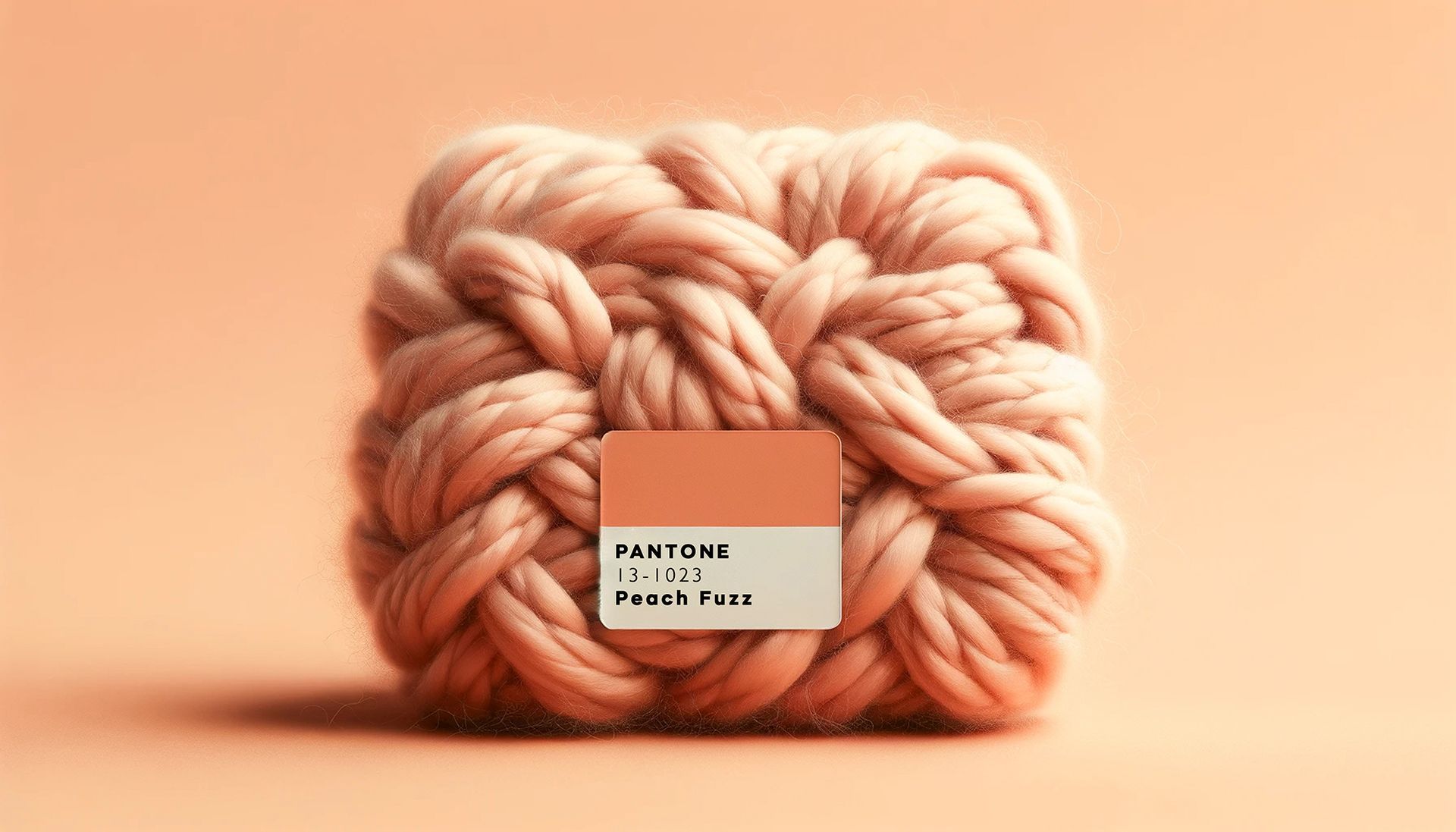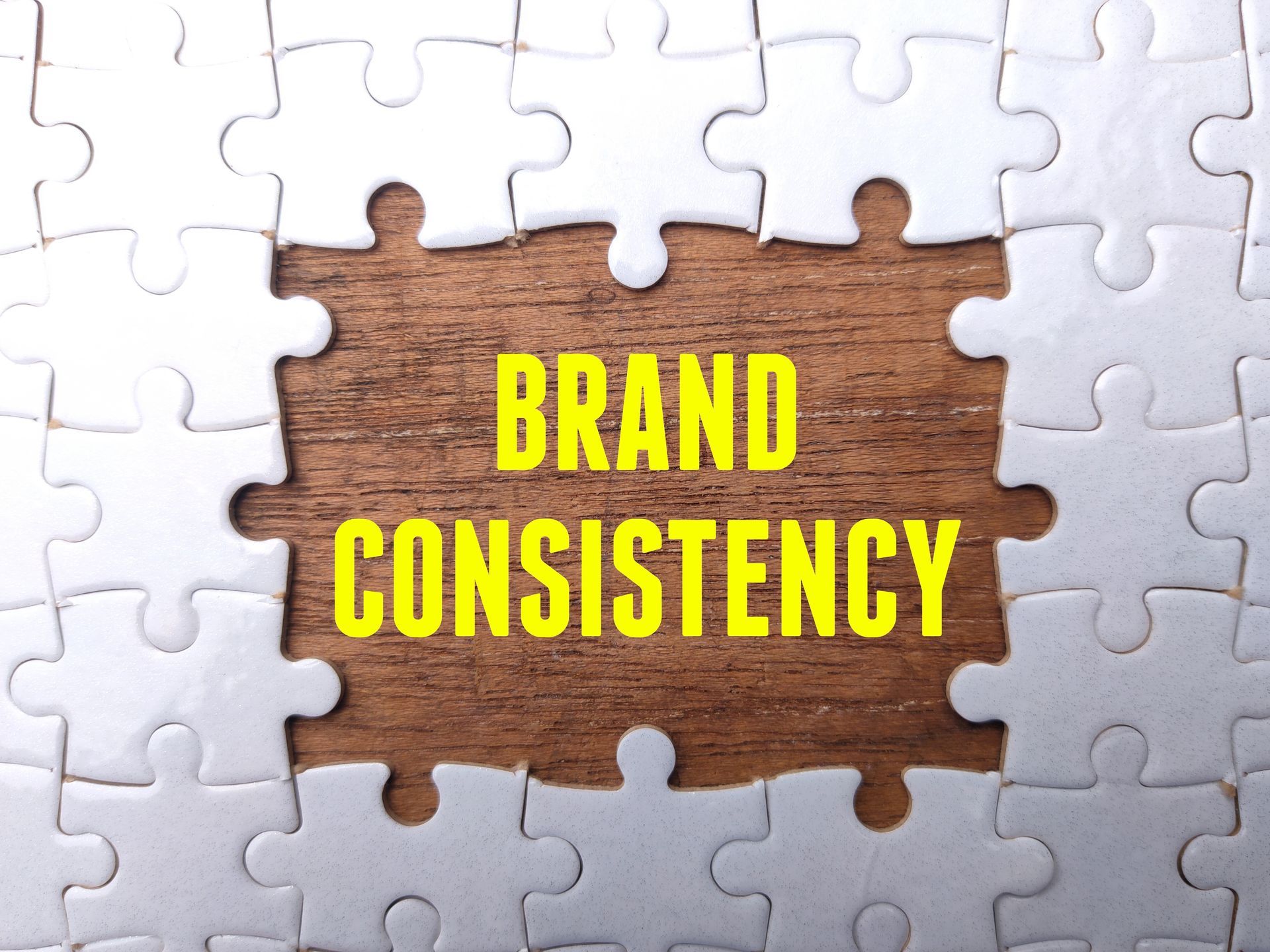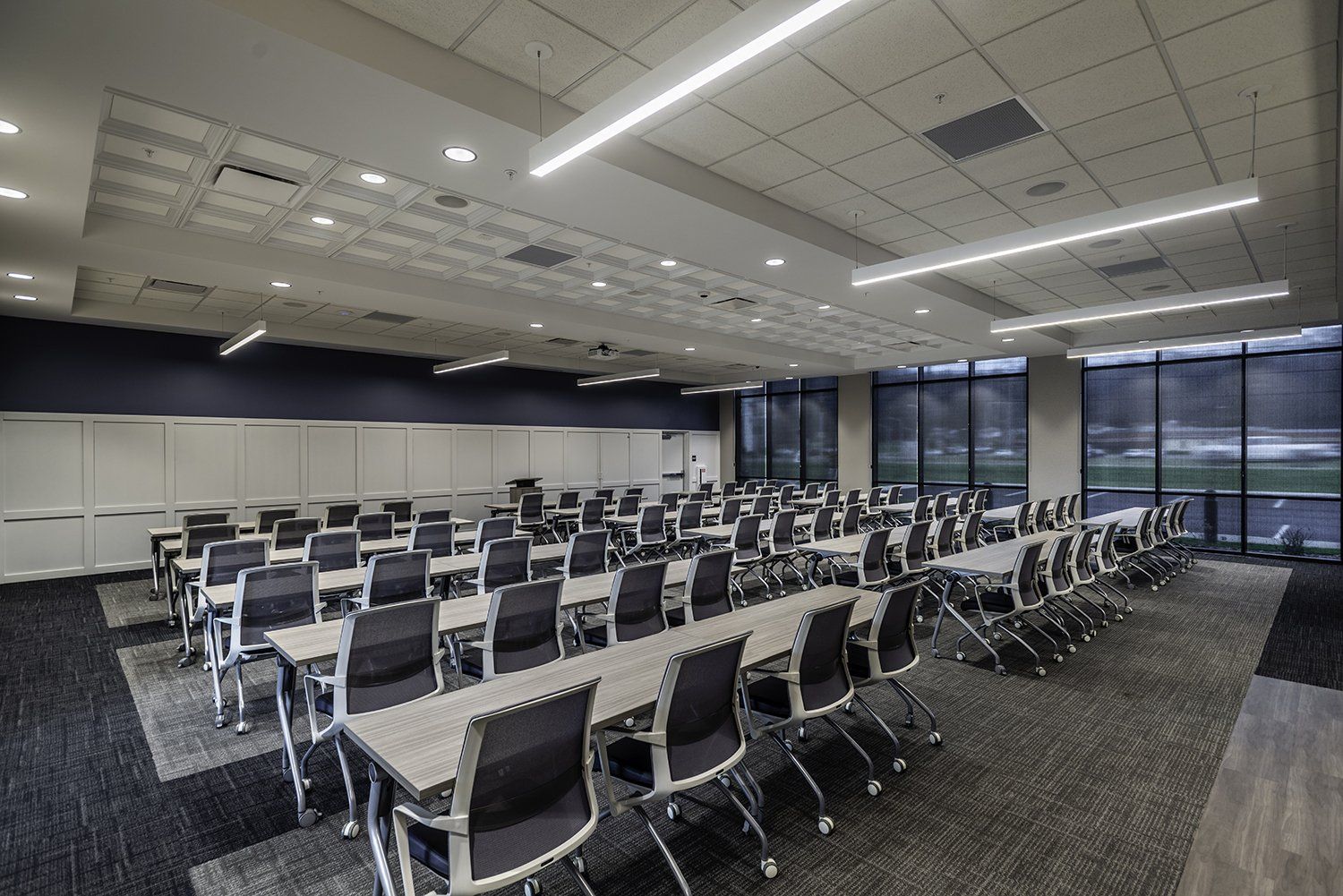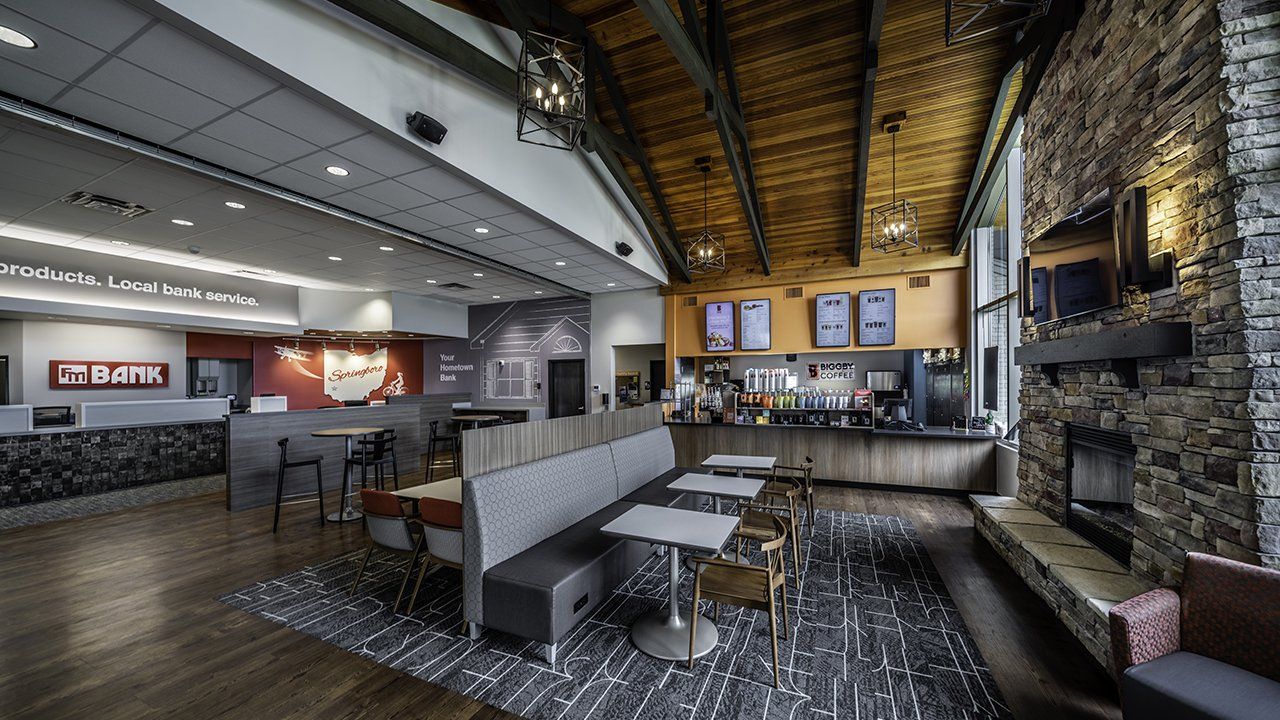Menu
Follow us on:

FINANCIAL BRAND CONSISTENCY IN THE PHYSICAL AND DIGITAL SPAC
Image Source
The task of creating or maintaining brand consistency can seem daunting and strategy development can be difficult when taking into consideration the above marketing properties in both physical and digital spaces. So how does one begin brand alignment and how do you best maintain brand consistency throughout the process?
Let’s hear from two experts from different ends of the spectrum. First the physical space –
Jeff Klump, President of K4 Architecture + Design; a firm providing Architecture, Interior Design, Graphic Design and Constructions Services, specializing in the financial industry. For the digital space,
Kristin Sundin Brandt, President of
Sundin Associates, a marketing agency for banks and credit unions.

Author’s Own
Photo State Bank of Lizton – Branded Exterior
When a Financial Institution is faced with the task of updating both their physical space (branches) and digital space (website), what advice can you give as they begin the process?
Kristin Sundin Brandt: Work with the space and resources available to you. The long term strategy should be to bring all components of your brand in line. Time and budget often dictate strategy.
Jeff Klump: The end goal is to deliver the same message and to roll out all new programs across the board. I agree that time and budget often dictate where to start. Often times, demographic/market studies are done to determine higher traffic areas to update or convert first. In terms of what design elements are completed first, the right balance of expense vs. bang for your buck will lead you in the right direction.
Why is brand consistency so important?
Jeff Klump: Think of every piece of your company like a member of your family, supporting and looking similar to each other. Your family looks unique which enables someone to recognize it and distinguish it from other families. This same principle should be applied to all the pieces that make up your brand.
For example, imagine you were thinking of hiring an architecture or interior design firm. You perform a Google search and find a design and branding firm that specializes in financial facilities. You look at their website but it doesn’t seem to be creative or well-designed, as you would expect from a design firm. When you request a brochure, you receive a piece that may be designed well, but doesn’t match the website design, and the message they had previously communicated to you. But when you visit the facility, it is amazing. A completely remodeled and creative interior with beautiful furniture supported by a well-designed exterior. The elements of the building all worked together with a consistent theme, but the marketing materials didn’t match.
You may decide to not learn anything further about this firm, because something about the inconsistency bothered you – because the brand was not communicated in a unified way – and that’s why brand consistency is so important…
Kristin Sundin Brandt: The worst thing that can happen is for a customer to visit your branch, interact with your brand, and then visit your website and say, “Is this my bank?”
Should time and budget only permit certain elements of your wish list, what can you do if you need to cut corners within the physical or digital space?
Jeff Klump: For the physical interior space, consult with a design firm that can assist you with making the best decisions that can get the most out of every dollar. For example, a minor remodel that focuses on the cosmetic elements just as you would your own home; wall colors and coverings, carpets, and definitely update your graphics package. For the exterior, creating an architectural iconic element and incorporating or updating your signage would be the most important component in unifying your brand and message.
Kristin Sundin Brandt: For the digital space, remember that the life of a website is far shorter than the length of a branch remodel and that every time you re-do a website, it needs completely torn down. Websites and technology are also quicker to respond to trends, the most quickly evolving, and the most quickly outdated. Sometimes, when a complete website redesign is not possible, the homepage can be spruced up or cleaned up and a new technology such as mobile can be added.
How do you feel about designing for two different audiences – Gen Y who are the future of the financial industry (but tend to only initiate accounts in the branch while conducting most other transactions online), and the Baby Boomers and older generations with whom you have developed a long-term relationship and who are the conducting transactions within the branch more than Gen Y?
Kristin Sundin Brandt: Website design doesn’t need to be edgy and can satisfy all generations. Differentiation in marketing to these customer segments should come down to the products that appeal to their different lifecycles. As much as Gen Y is on the cutting edge of technology, they don’t need outrageous web design to draw them in, that would be a disconnect from a 150 year old bank brand and they are still seeking dependability, not design awards.
Author’s Own Photo
State Bank of Lizton – Branded Interior & Graphics
Jeff Klump: Technology and innovation are important to the Gen Y’ers and Gen X’ers, but so is creating warm, comfortable and inviting facilities that the older generations can relate to. What we keep hearing more and more is spaces for universal bankers (that can handle any kind of banking transaction) and new innovation and technology, and having personnel available to assist with that technology.
How do you feel about the trends in branch design, such as Virgin Money Lounges, where branches are turning in more of a “Hang out” or multipurpose facility with self-service technology?

Image Source
Kristin Sundin Brandt: I think it is just that, a trend. Can you imagine if 10 millennials walked into your branch announcing they were there to hang out? It’s out of place and not the kind of traffic you want. The goal of financial marketing, in both the physical and digital space, is to bring in good traffic and interpret which trends can be made into reality.
Jeff Klump: This approach might work in an urban market segment and even with the more technologically savvy youth, but we typically find in the more rural areas, and with the older generation, they are not as receptive and willing to accept the technology and would much rather deal and talk directly with another person.
However, in some smaller communities we have found that bank branches do like the idea and approach of designing their facilities to be a destination, or a place for social interaction. They want to be part of the community, solidify their place in it, and gain market share against banks with a national footprint that may not have the same local angle working for them.
Do you believe that the future of the retail bank branch is a dire situation?
Jeff Klump: Technology is definitely leading to the redefinition and transformation of the traditional branch facility for financial institutions, but people must remember that the technology is intended to make life easier and more efficient for the consumer – it is not the “end all” answer to banking. Branches are the physical embodiment of an institution’s presence and their signature within the community, and people want to know that there is a facility that is convenient to them when they need it. Many people still prefer to go to a branch to open new accounts, and value the personal service experience and interaction. The size of the branch is definitely declining, but it is still important to increase their branch network in order to capture market share. Most of our clients are still in the business of opening new smaller branches, not closing them, and those are the institutions that seem to be providing the best ROI for their investors and members.
Kristin Sundin Brandt: Most people, even Gen Y, don’t want to open accounts online. They still visit branches and need that personal contact and trust. Plus it gives the security of having a personal contact should something go wrong with their account.
In summary, make sure all of the components that make up your brand fit together and support it consistently. Your physical space is your presence within the community, a revenue generator, and where your customers interact with your brand, so therefore it should be a reflection of your story. This story should be further communicated in everything that you do while supporting your business strategy and your marketing goals. In the digital space it is important to determine which rapidly evolving technology advances are trends and which ones should be made a reality. Your website and social media should not only be consistent as pieces of the digital marketing family, but should match your marketing materials and physical space. The website is not a place to mix things up with modern design if it does not match the design of your branch and doing so will only dilute your brand. However, if your physical space is being updated or remodeled (or vice versa), your digital space should be updated as well in a timely manner.
Remember – It’s not just your branch, it’s your BRAND! And it’s not just a brochure or website, it’s BRANDING! The consistency of the design of both is essential to brand recognition.













